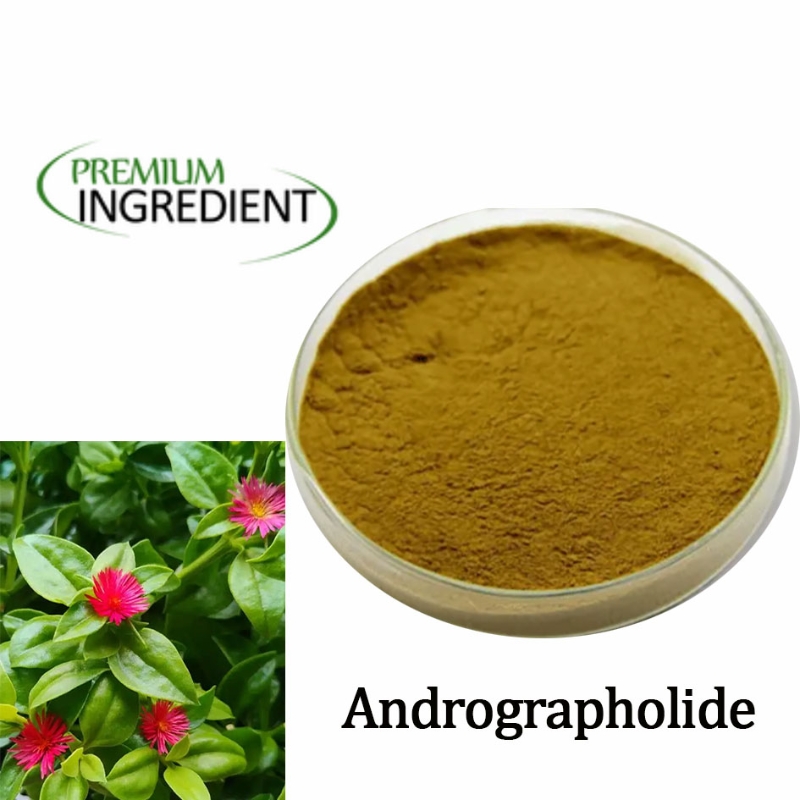-
Categories
-
Pharmaceutical Intermediates
-
Active Pharmaceutical Ingredients
-
Food Additives
- Industrial Coatings
- Agrochemicals
- Dyes and Pigments
- Surfactant
- Flavors and Fragrances
- Chemical Reagents
- Catalyst and Auxiliary
- Natural Products
- Inorganic Chemistry
-
Organic Chemistry
-
Biochemical Engineering
- Analytical Chemistry
-
Cosmetic Ingredient
- Water Treatment Chemical
-
Pharmaceutical Intermediates
Promotion
ECHEMI Mall
Wholesale
Weekly Price
Exhibition
News
-
Trade Service
Genetic mosaics, or chimeras, are individual organisms composed of cells or tissues of two or more distinct genotypes. They are experimentally useful for addressing several key biological questions. These include fate mapping through analysis of marked clonal lineages, analyzing cell or tissue interactions such as the induction of developmental events, and analyzing whether a gene acts cell autonomously. Genetic mosaics can arise in many ways, including through the action of transposable elements. Naturally occurring transposons can generate genetic mosaics by somatically inserting into a gene to cause a mutant sector, somatically excising from a mutant gene to create a revertant wild-type sector, or causing chromosomal breaks or rearrangements leading to loss of a gene or genes. Transposons have also been cleverly engineered to allow the generation of marked somatic sectors, sometimes in controlled ways. Here we review ways in which transposon-induced genetic mosaics have been used experimentally, the various methods that have been used, and general considerations for designing genetic mosaic studies using transposon methods.







